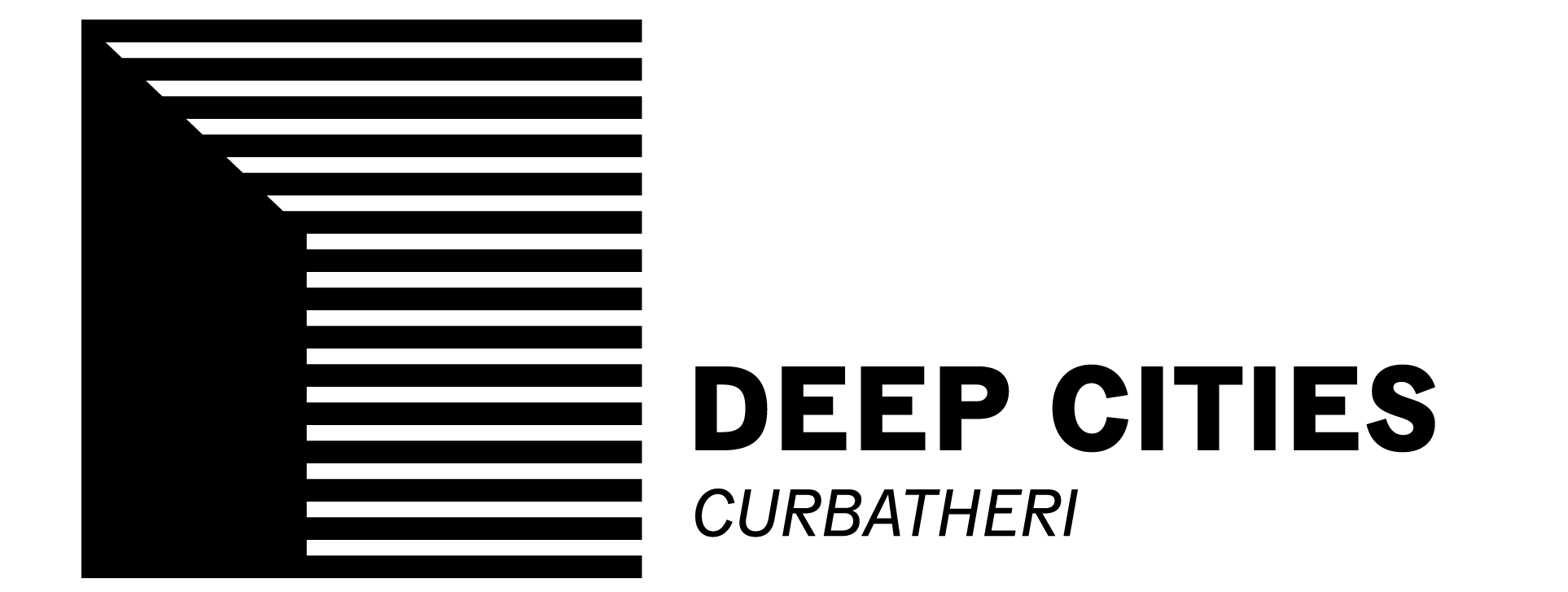


| Lead: Universita degli studi Firenze Roles of participants Michele Nucciotti will lead WP4, with the participation of all project partners and Chiara Bonacchi in particular (UK). All partners will be involved in the development, discussion and finalisation of the conceptual and technological frameworks underpinning the ‘toolbox’. Feedback sessions will also be run with the associate partners, both online and via bespoke offline meetings. |
| WPs 4 aims to develop an easy-to-use toolbox to facilitate knowledge exchanges between an array of different stakeholders potentially involved in decision-making and implementation processes concerning the preservation of urban environments (e.g. researchers, policymakers, archaeologists, architects, local authorities, local community groups etc.). The toolbox will be accessible via a website created ad hoc for this project, and will comprise: guidelines, step-by-step tutorials, and videos with practical demonstrations of how to replicate the model developed as part of WP2 and the people-centred approaches for heritage value captured designed as part of WP3. The toolbox will also include information and literature relating to the theoretical context mapped in WP1. All these web resources will be available for download and re-use free of cost under a CC-BY license (https://creativecommons.org/licenses/by/2.0/). |
| Tasks 1. Definition of toolbox usability standards; 2: Survey of data structure/formats provided by each partner/associate partner and planning of input/output dataflows from remote sources to the toolbox; 3: Definition of CMS and technological specifications for the toolbox, in order to identify the external technical contractor 4: Setting up of audience-specific (planners, formal/informal people associations, public actors, enterprises, etc.) and target-specific (development/regeneration) contents and guidelines for testing envisaged participatory workflows; 5: Toolbox testing on a “trial-feedback-update” basis and with a progressive target amplitude (step 1: project partners; step 2: associated partners; step 3: public trial) prior to public delivery of the toolbox. |
| Deliverables 1. Conceptual planning of the web-based toolbox. Delivery month:15 2. Planning and implementation of Technological infrastructure of the ‘toolbox’. Delivery month:22 3. Content development for the ‘toolbox’ integrating the Interactive Tool model and scenario-based guidelines. Delivery month:26 4. Web based ‘toolbox’ goes public. Delivery month:30 Deep Cities Toolbox |
